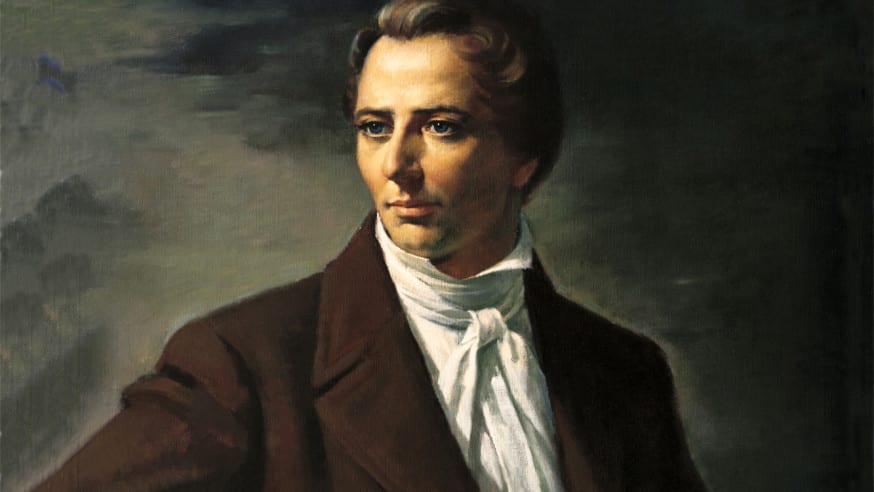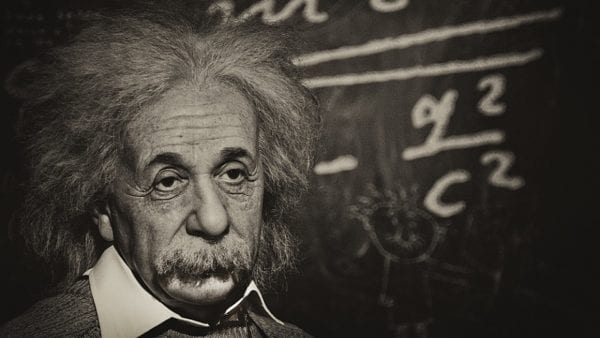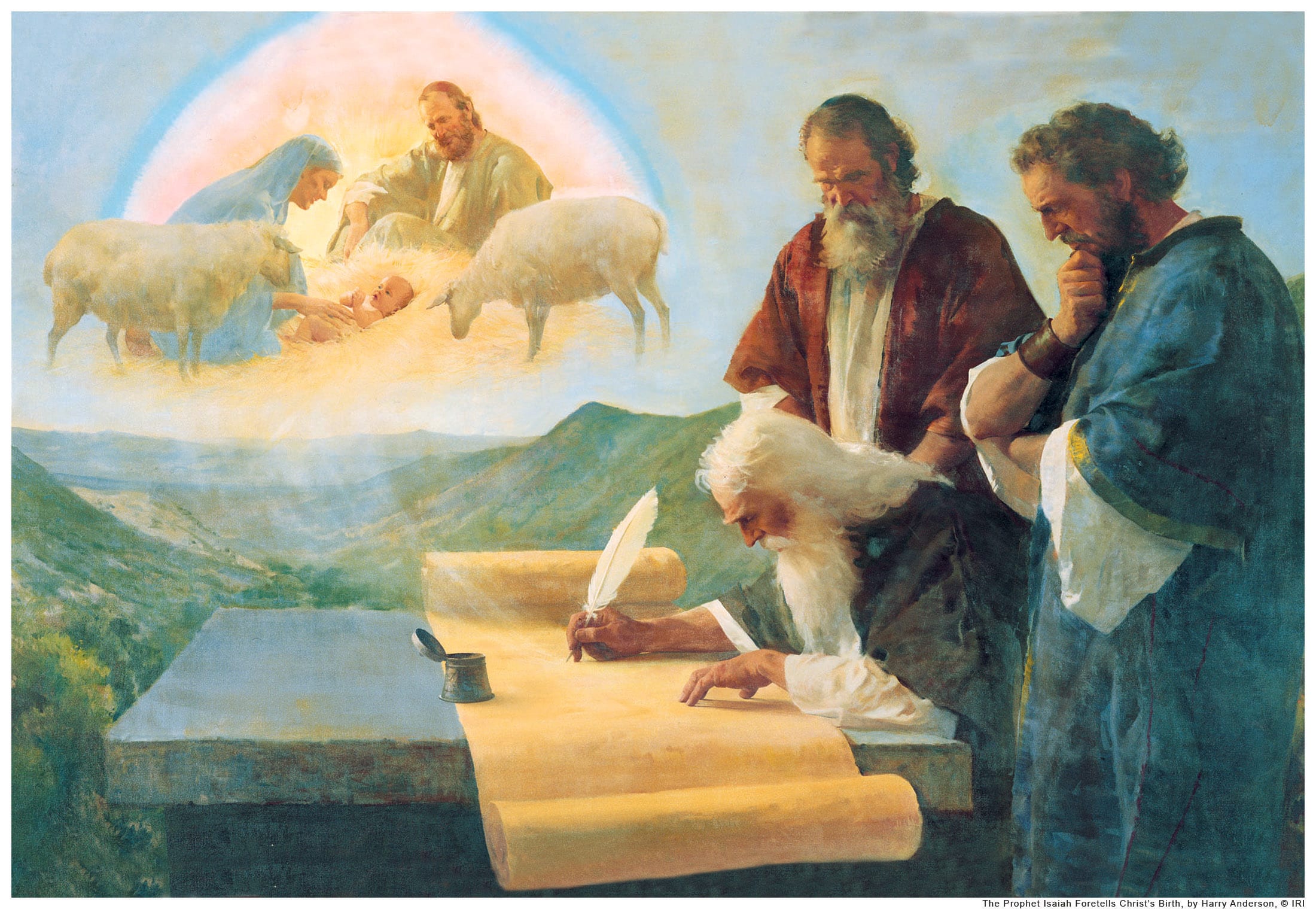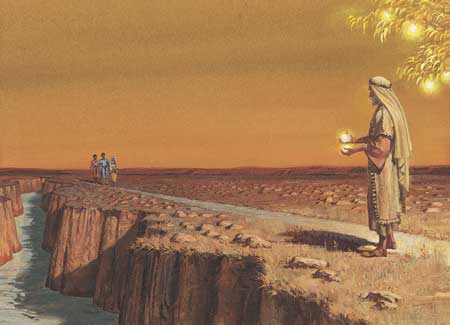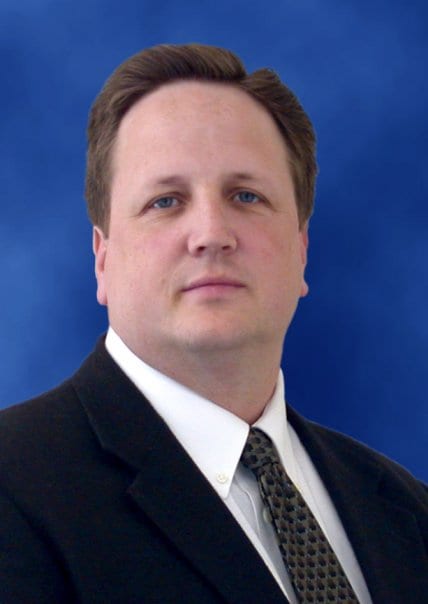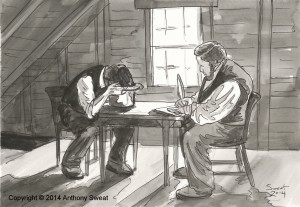In Video Two in the FairMormon series: “The CES Letter, A Closer Look” Brian Hales examines claims posted by Jeremy Runnells in his “Letter to a CES Director”. Installments in the series run every Monday and can also be found on the FairMormon youtube channel.
The CES Letter 31 to 34 Polyandry
Touting ambiguous evidences and assumptions, The CES Letter alleges multiple times that Joseph Smith practiced polyandry as the second husband of some of this plural wives. This video examines the possibility and explores numerous factual observations that The CES Letter readily ignores. The historical truth is that there is no evidence from any Nauvoo polygamist, including the plural wives themselves, that a woman ever did have or ever could have had two husbands at the same time.
Brian C. Hales is the author of The CES Letter: A Closer Look, as well as seven books dealing with Mormon polygamy—most notably the three-volume, Joseph Smith’s Polygamy: History and Theology (Greg Kofford Books, 2013). His Modern Polygamy and Mormon Fundamentalism: The Generations after the Manifesto received the “Best Book of 2007 Award” from the John Whitmer Historical Association. He has presented at numerous meetings and symposia and published articles in the Journal of Mormon History, Mormon Historical Studies, Dialogue, as well as contributing chapters to The Persistence of Polygamy series. Much of his research materials are available at www.MormonPolygamyDocuments.org.Theology (Greg Kofford Books, 2013). His Modern Polygamy and Mormon Fundamentalism: The Generations after the Manifesto received the “Best Book of 2007 Award” from the John Whitmer Historical Association. He has presented at numerous meetings and symposia and published articles in the Journal of Mormon History, Mormon Historical Studies, Dialogue, as well as contributing chapters to The Persistence of Polygamy series. Much of his research materials are available at www.MormonPolygamyDocuments.org.
